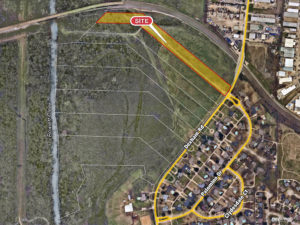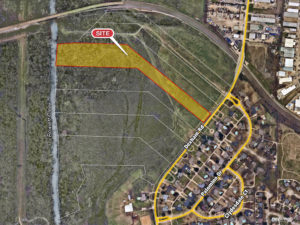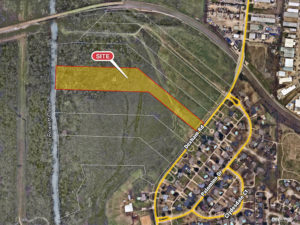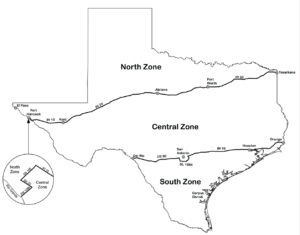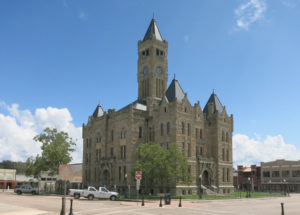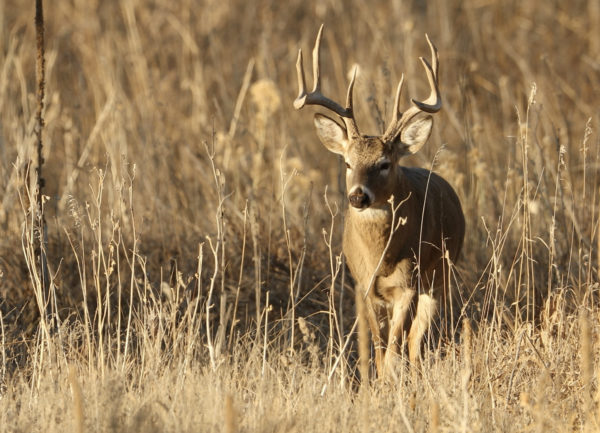From the full article by Tony Plohetski, KVUE/Austin American-Statesman
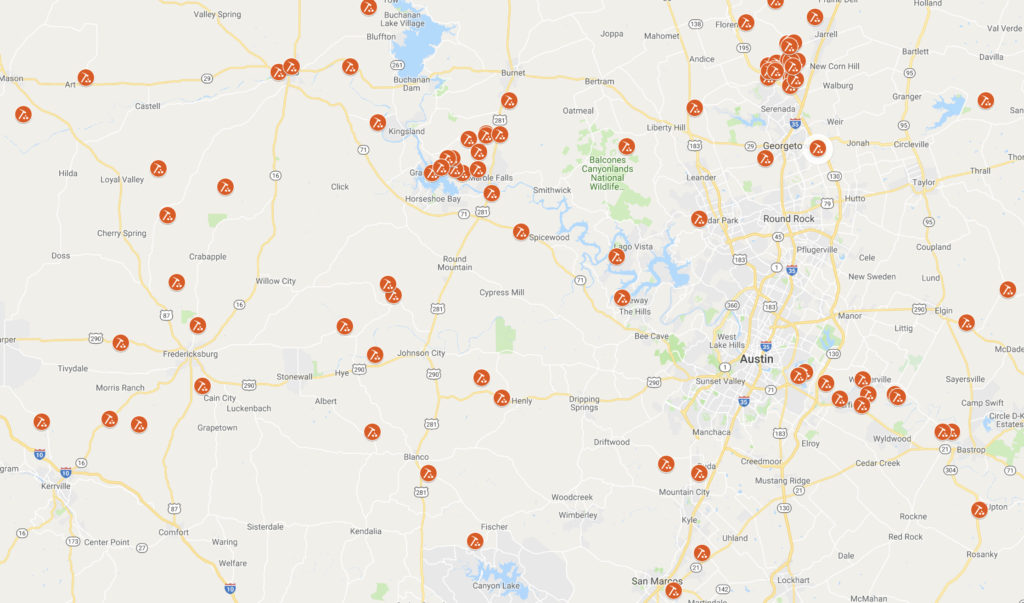
map of limestone mining in Texas Hill country
Owners of Hill Country ranches and homes are concerned about the rapid increase in gravel, granite and limestone mining in the areas surrounding Austin and San Antonio. They are most concerned with the dust particles created from mining operations and potentially harmful health results.
Many Hill Country residents are retirees longing for peace and the natural beauty found in the Texas Hill country. Another complaint Texas Hill Country land owners recite is also the constant beeping and sounds of big equipment and explosions, required to blast the earth’s surface to mine granite and limestone.
Many hill country communities fear that the once scenic vistas will be destroyed by the multi-billion mining dollar industry due to inadequate oversight of the industry. Those benefiting from the caliche, gravel, limestone and granite mining industries in the Texas Hill Country have a counter argument. They say that they are merely satisfying the demand for these raw materials to build homes and roads – necessary for the real estate development boom happening across Texas, as it’s estimated that 1,500 people move to Texas each day.
The TCEQ states that quarries, concrete and sand plants have increased from 52 registered in 2012, to nearly 1,000 now.
“It’s rapidly becoming scorched earth,” said Kevin Baum, a retired assistant Austin fire chief who now lives in Burnet County. “You want to live in the Hill Country, you want that scenic view, the sound of the birds, that tranquility and serenity that comes with living out in nature. We don’t have that anymore.”
An interactive map of the gravel, sand, caliche, granite and limestone plants near the Texas Hill Country is below.
https://drive.google.com/open?id=1YIkvvw-v2qJyiC04SzJgXbjSynwN0OrP&usp=sharing

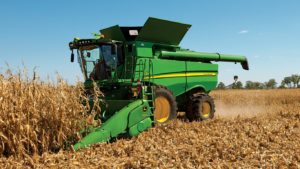 Low commodity prices over the last few year have made it tough on farmers both in Texas, and across the country. Higher yields on most crops in 2019 are certainly welcomed, yet price appreciation is really the key to get farms and agribusinesses back on firmer ground.
Low commodity prices over the last few year have made it tough on farmers both in Texas, and across the country. Higher yields on most crops in 2019 are certainly welcomed, yet price appreciation is really the key to get farms and agribusinesses back on firmer ground.
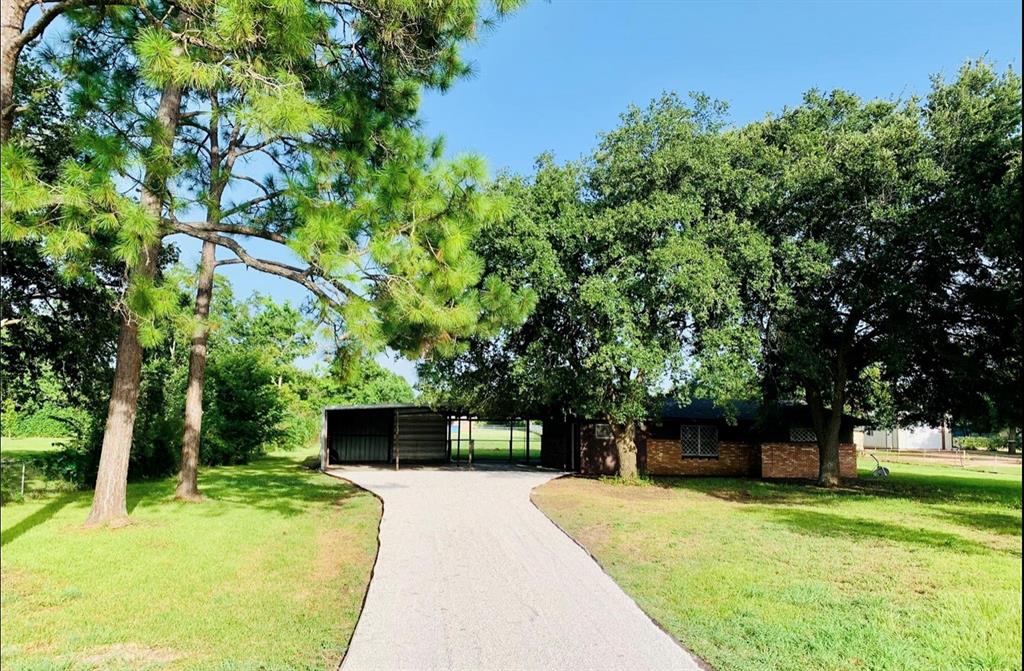






















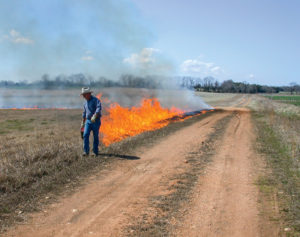 GAINESVILLE — The Texas A&M AgriLife Extension Service and Noble Research Institute will host a free Growing Season Prescribed Burn Workshop on Aug. 29. There may be a possible date change to Aug. 30, pending weather conditions being more suitable for a prescribed fire.
GAINESVILLE — The Texas A&M AgriLife Extension Service and Noble Research Institute will host a free Growing Season Prescribed Burn Workshop on Aug. 29. There may be a possible date change to Aug. 30, pending weather conditions being more suitable for a prescribed fire.